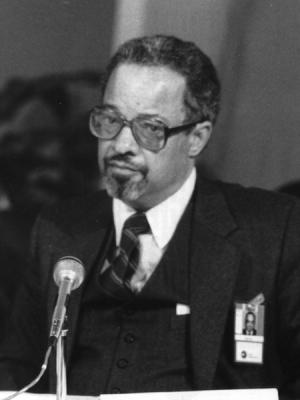Year born: 1936
Research Areas: Solar Physics, Rockets

Early Life
Arthur Walker Jr. was born in Ohio, USA and moved to New York when he was five years old. He was passionate about science from an early age, but his teacher tried to discourage him from following his passion. His parents stepped in and encouraged him to apply to University to study physics. Arthur completed a bachelor’s degree in Physics, and a master’s and PhD in Astrophysics. He served in the U.S. air force and his first assignment was in the weapons laboratory. Working on rockets sparked his interest in space-based research.
Career Highlights
Arthur was a professor in the applied physics department at Stanford University. He was interested in making mirrors that would reflect certain x-rays. One of his greatest achievements was leading a team that built and launched a rocket which looked at the Sun. It was the first rocket to take high-resolution pictures of the Sun’s corona. When one of the photos was shown at a convention of the American Astronomical Society, the crowd burst into applause. The technology that Arthur invented is still used in solar telescopes.
Later in his life Arthur worked on x-ray spectroscopes. He developed technology to create three-dimensional images of objects in space. This technology was later used to try and detect dark matter.
Legacy
Arthur championed minority and underprivileged students and mentored many students. His first graduate student, Sally Ride, went on to become the first American woman in space. In the year 2000, NASA awarded him the Distinguished Public Service Medal for his “four decades of distinguished scholarship”. In 2016, the Astronomical Society of the Pacific instituted an annual Arthur B.C. Walker II Award. The first person to win the award was Katherine Johnson.
Other Interests
Arthur enjoyed growing flowers, especially roses.
